Growing up hip-hop in Designer Fashion
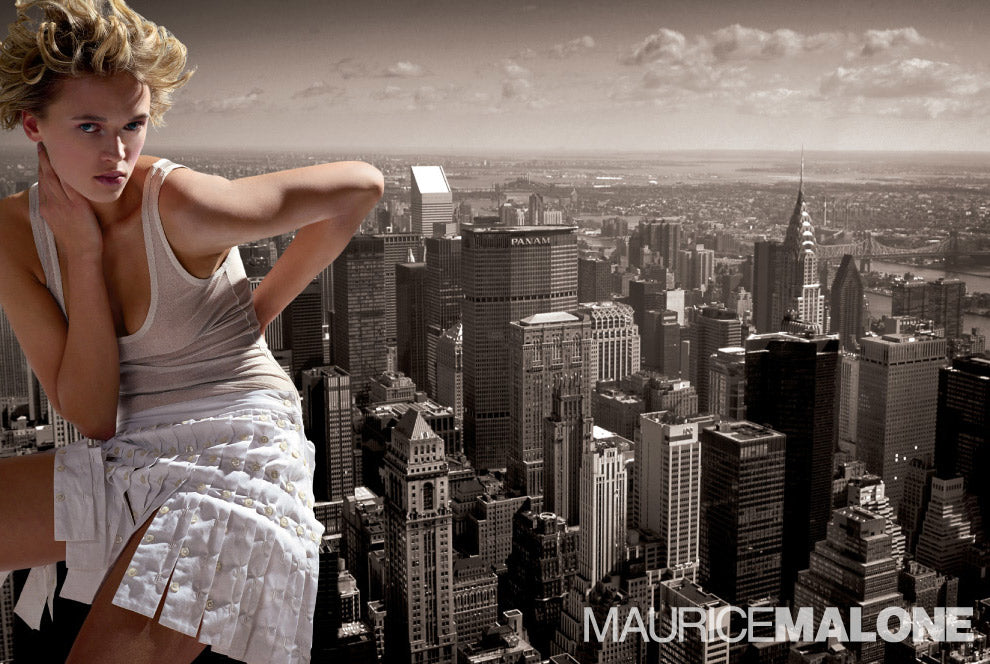
Unless you were a member of the international fashion media and press near the end of 2003, you probably never saw this video, which was produced and distributed at our Fall 2004 season runway during New York Fashion Week. In it, we give a behind-the-scenes look at our Spring 2004 runway show, advertising campaign, tradeshows, and my collaboration with Moja Eyewear, the brand's eyewear licensee and producer, from the late 1990s to the early 2000s.
It came to an unexpected conclusion
The brand was expanding internationally, and we were in all the right designer boutiques and department stores, including Saks Fifth Avenue, Macy's, Fred Segal, and Stanley Korshak, among others. However, I'm not sure if it was because my partner had recently fallen in love and was about to marry, the money, or something else, but my joint venture with Moja ended strangely over a phone call.
I was in Los Angeles, supervising the denim manufacturing. Working with Moja, I had been producing successful collections and shows without a written agreement for about a year. We had been negotiating a contract for the duration of our joint venture, and it appeared to be nearing completion with no major stumbling blocks. I received a phone call while eating breakfast at the hotel. It was a civil decision between me and Adam (Moja President); there were no fights or heated debates. He stated that he was reviewing my travel expenses, which appeared to be a little high. I was baffled. Except for breakfast and late dinners at the reasonably priced hotel, I ate mostly fast food while driving around LA.
I said, "Really? Like, what do you think is high? I mean, have to stay at a hotel, pay for parking, rent a car, and eat. Can you tell me which of my expenses seem high?"
He said, "There's nothing specific. The total just seemed high."
I could tell he was losing interest in the business because he was spending less and less time in our New York office with the business and more time at his Miami condo with his fiancée. So I inquired, "You don’t really want to do this anymore, right?"
He said, "No. Not really."
I said, "OK, when I get back to New York, we’ll wrap things up." That was the end of it.
We never had big fights or disagreements, but I was a little annoyed that I couldn't get Adam to spend marketing money on real advertising. Instead, he spent it on small events, packaging, and expensive photo shoots for small projects. l looked forward to moving on, so I wasn't upset at having to start over.
I said to myself, "I don't ever want to do anything under-financed anymore. I didn't want to tarnish my brand, so I put it on hold until I could secure serious financing or partner with a person or company that was fully committed to my vision.
Before I started working with Moja, I turned down a licensing offer for a $1 million guaranteed advance. A potential Hong Kong backer told me that his plan was to do the designer market for three years before moving the brand to discount stores. I didn't want my brand to be associated with discounters, so I turned down the deal and put my faith in the Moja joint venture.
My biggest mistake, I tell people, was not walking away from my $40 million per year streetwear business and my 6-year partnership with my mentor, Simon Akiva (R.I.P.). However, it was leaving too soon. I should have kept doing streetwear for at least another 3-5 years until I was financially independent, or even better, until I outlasted the negative perception of hip-hop in designer fashion.


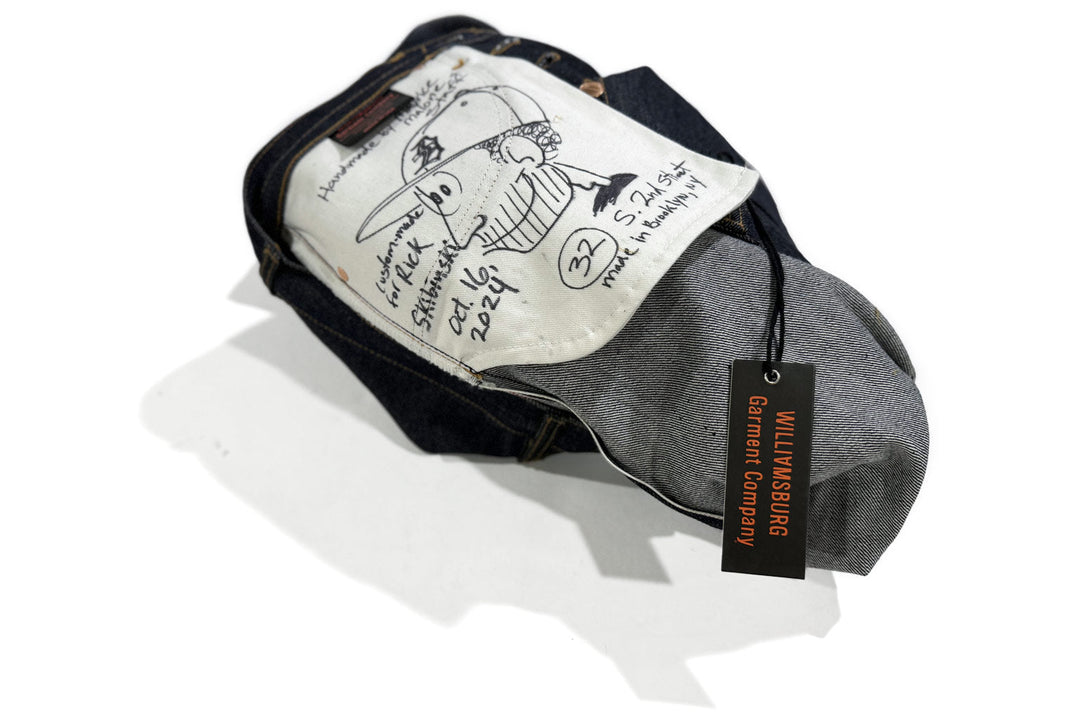
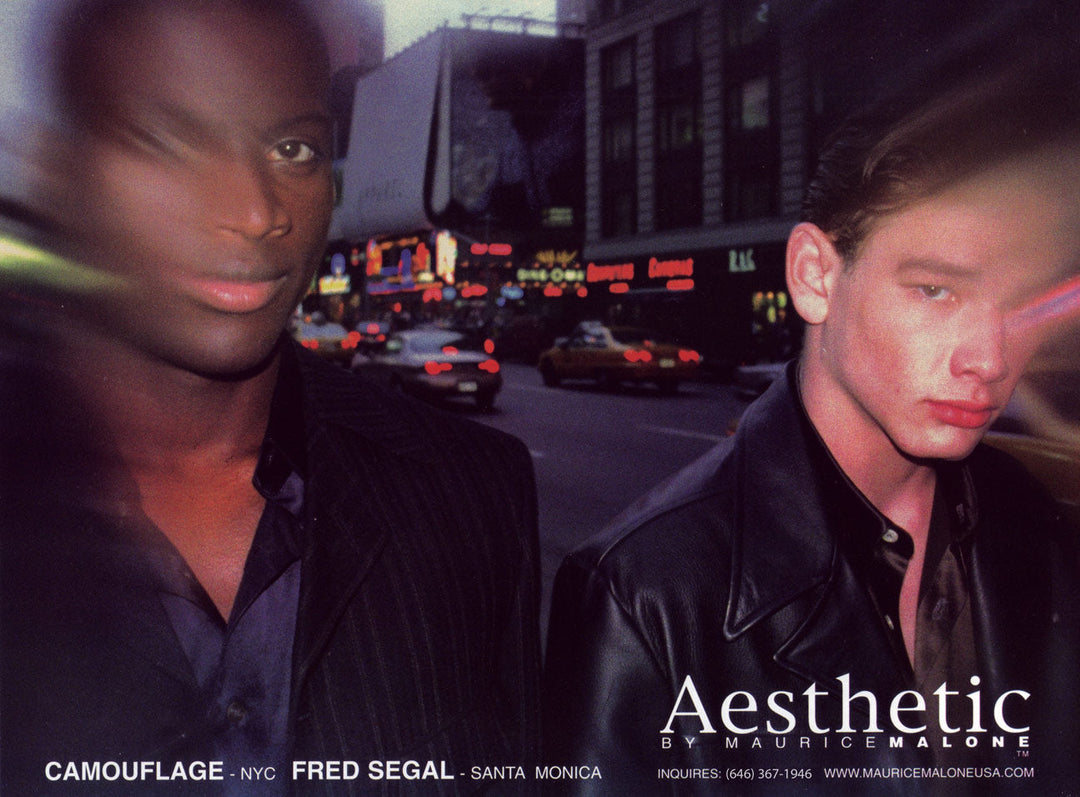
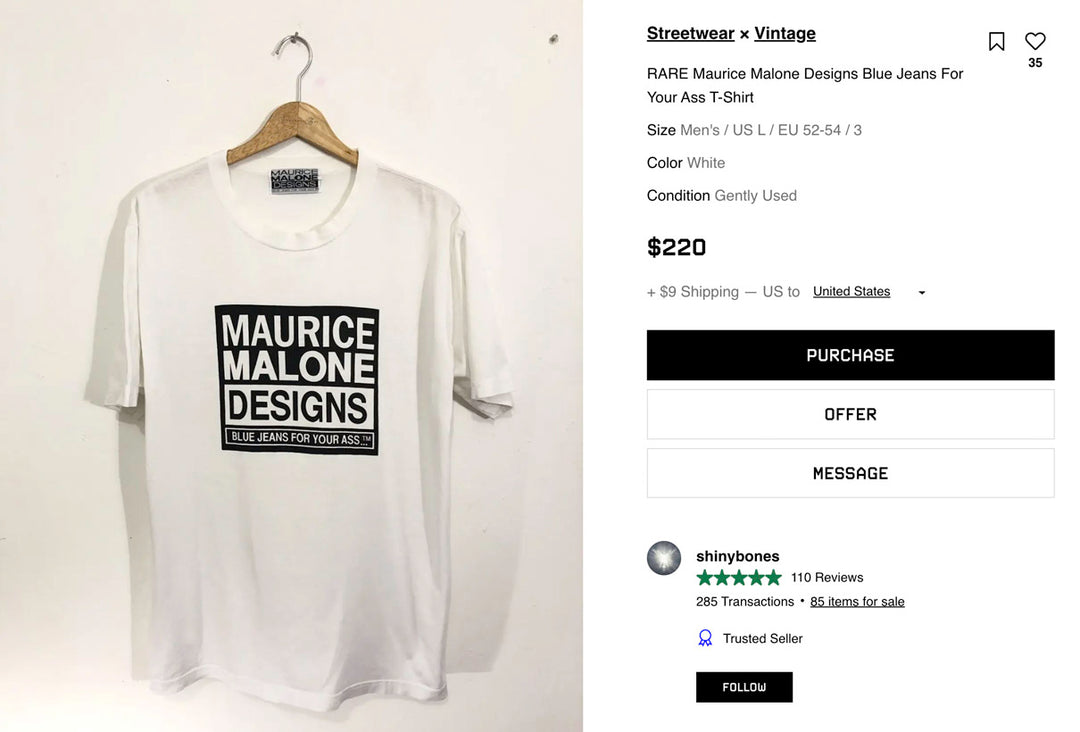
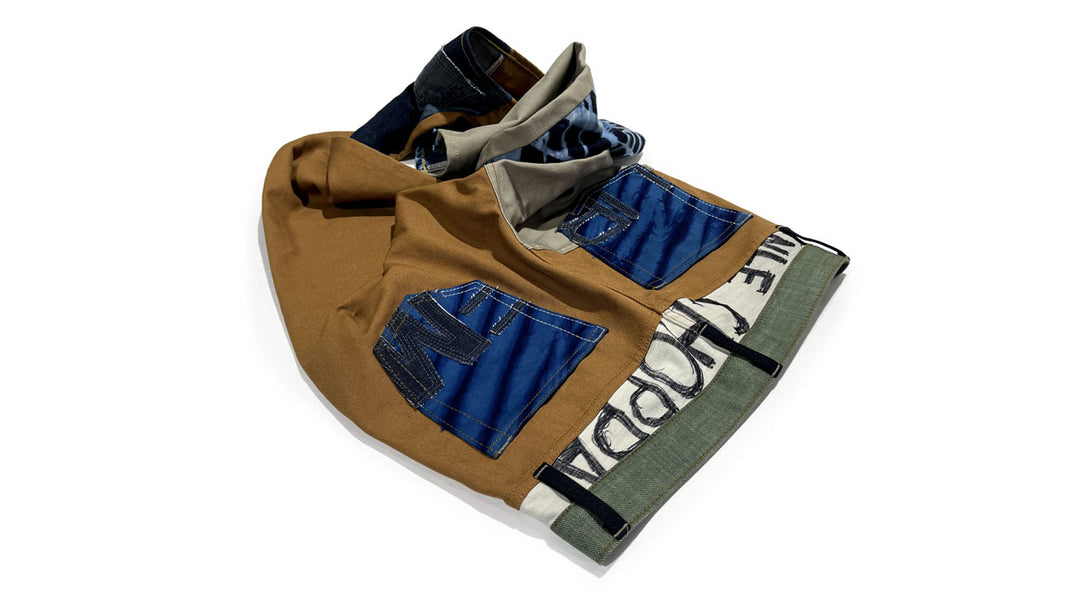
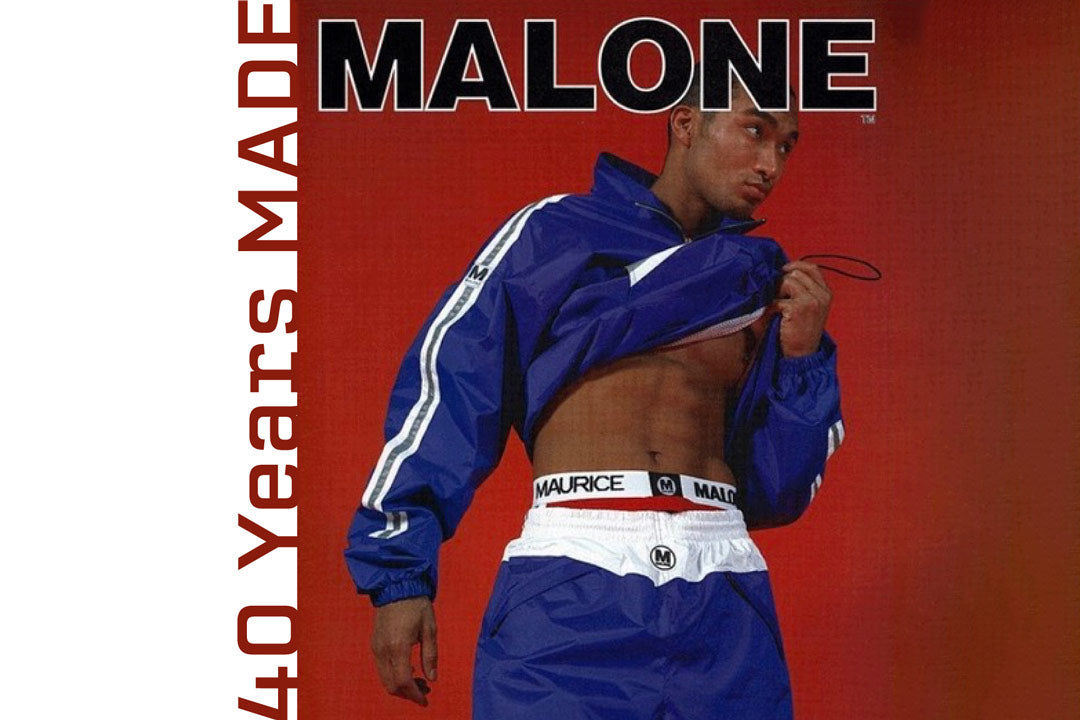
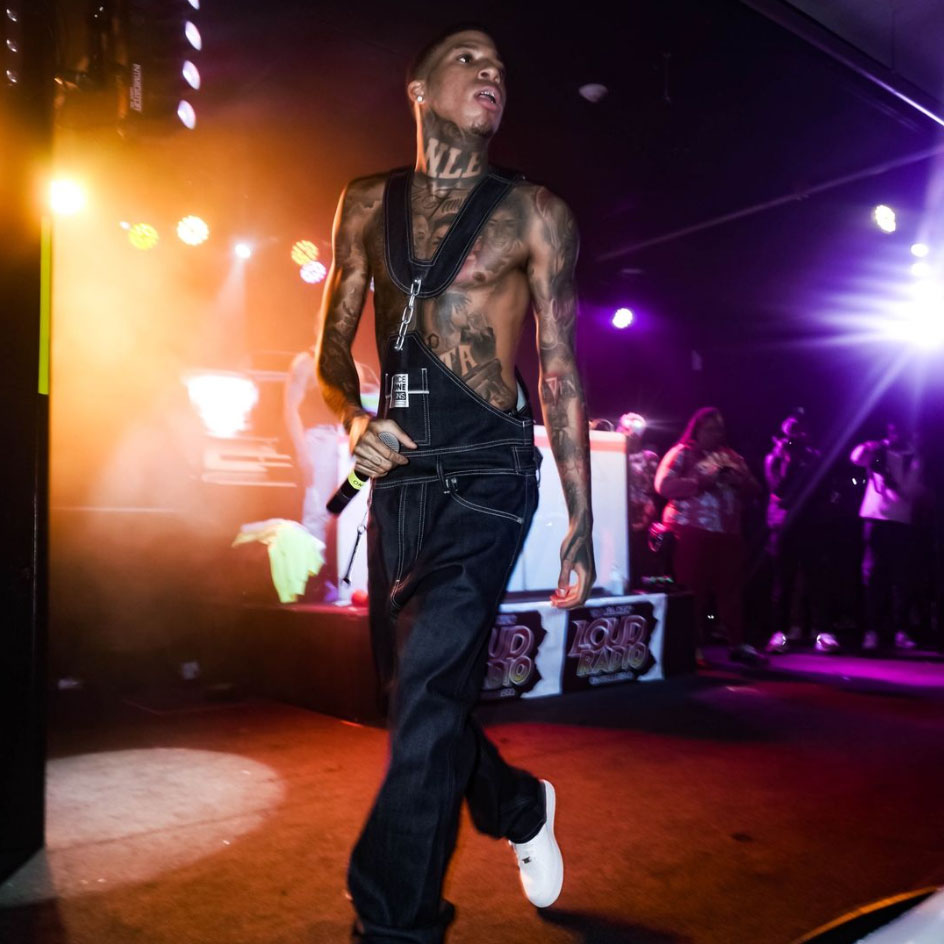
Leave a comment